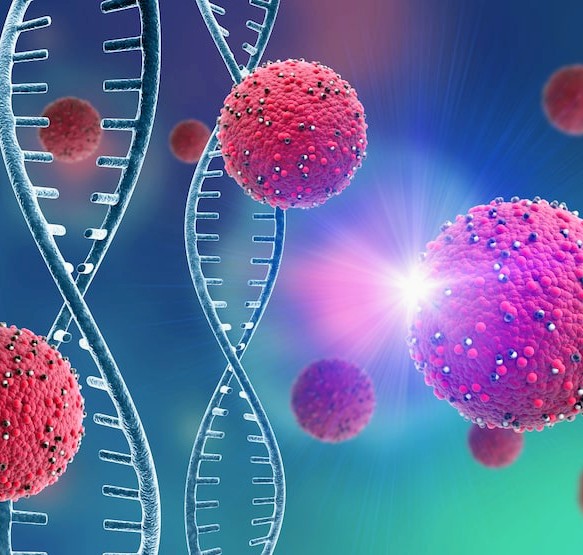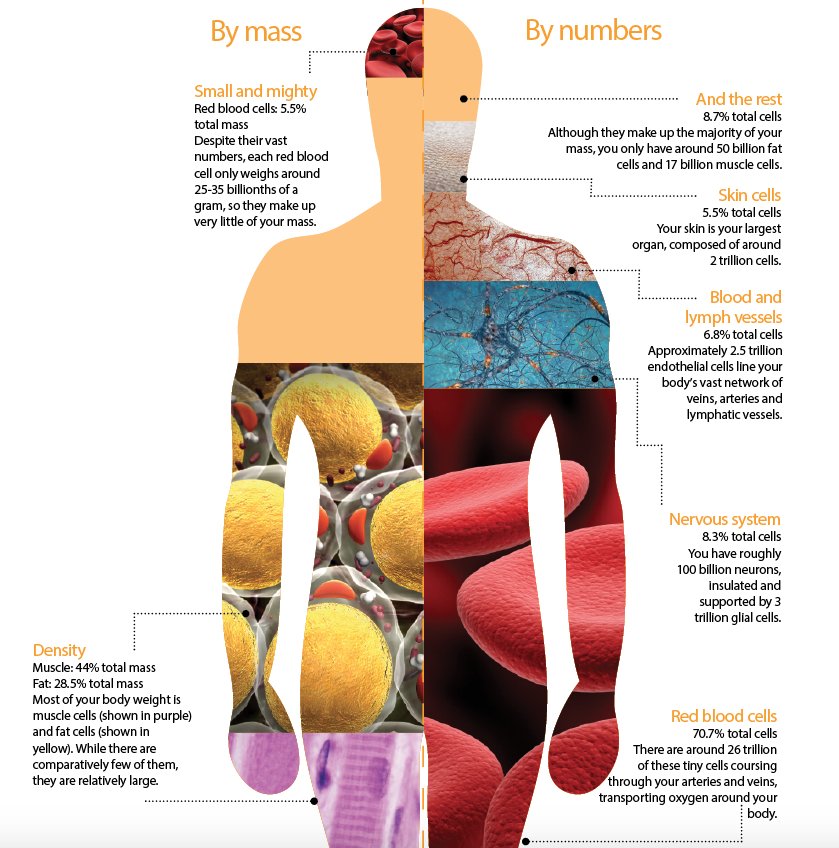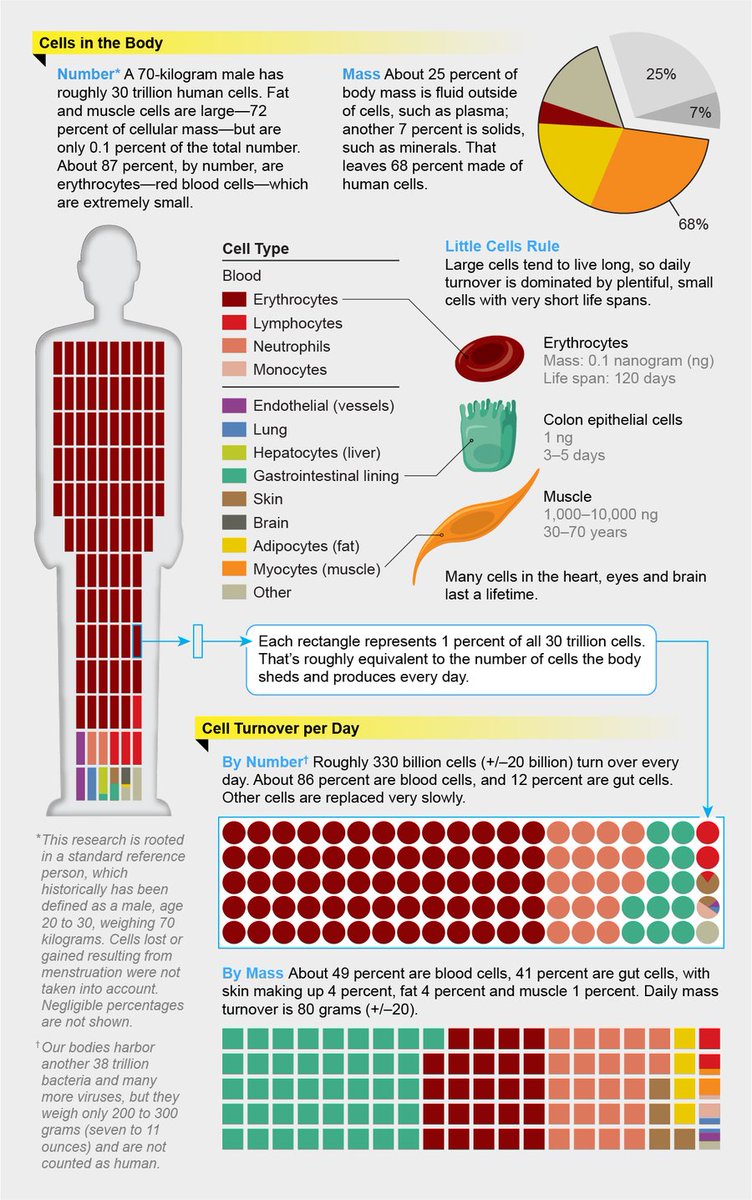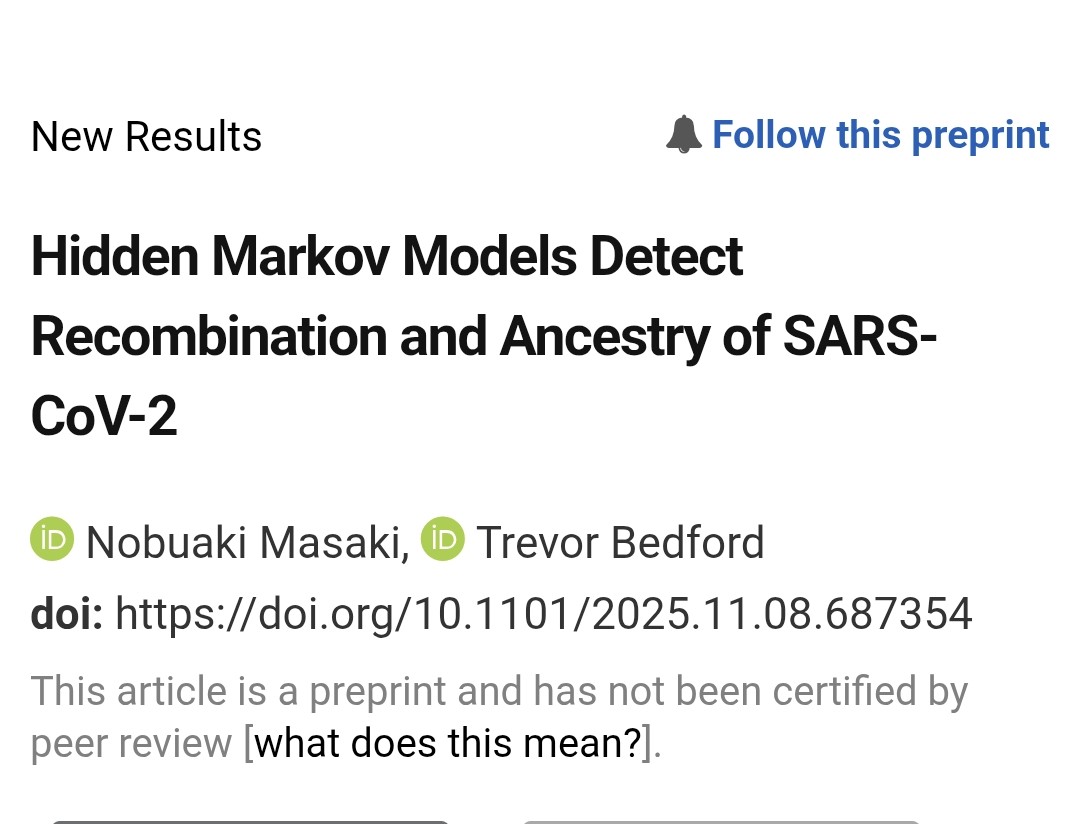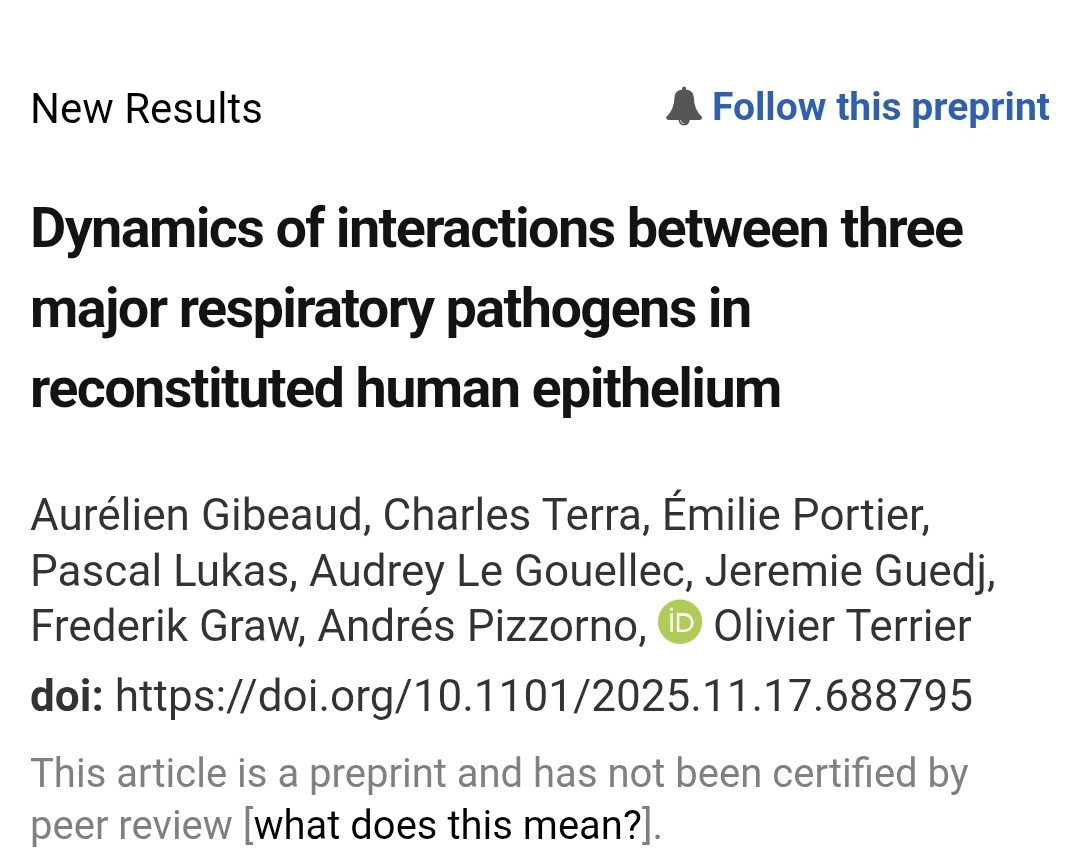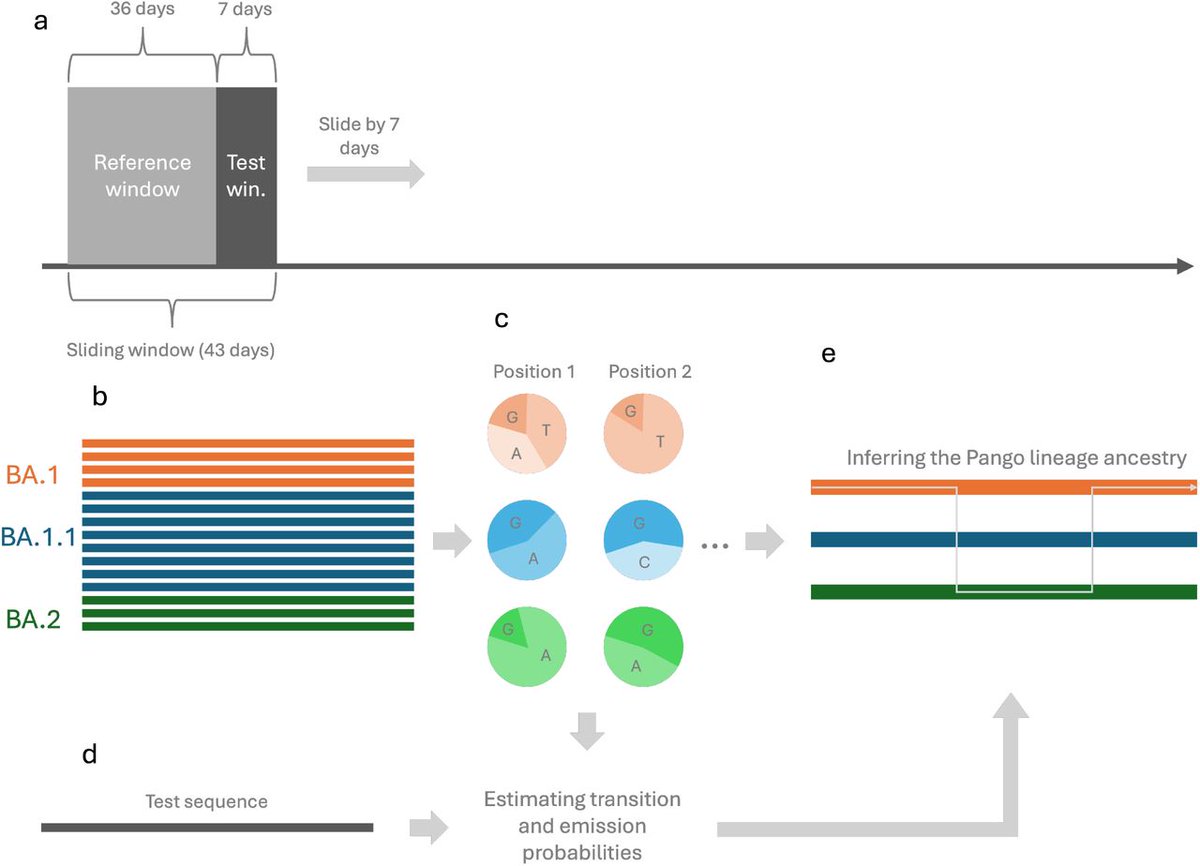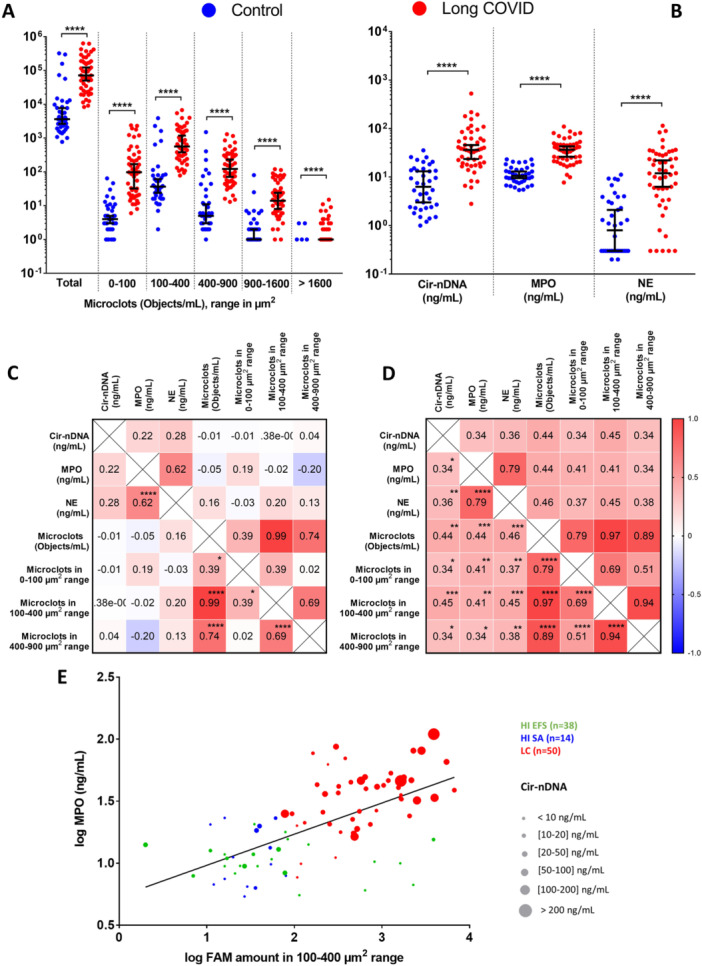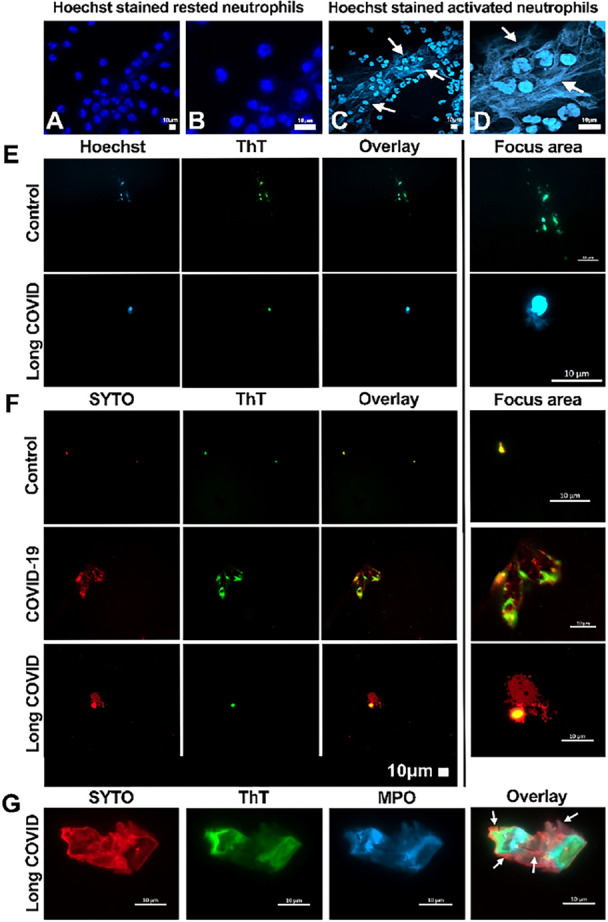Our LIVES would be very DIFFERENT, if we could have CAMEL NOSES ! 🤗😅
"Resistance to SARS-CoV-2 infection in camelid nasal organoids is associated with lack of ACE2 expression"
nature.com/articles/s4429…

"Resistance to SARS-CoV-2 infection in camelid nasal organoids is associated with lack of ACE2 expression"
nature.com/articles/s4429…

2) The study investigated whether camels and other camelids can be infected by SARS-CoV-2, the virus that causes COVID-19. The researchers used special 3D models of camelid nasal cells to test this. 

3) They found that the camelid nasal cells were resistant to infection by different variants of SARS-CoV-2, including the Omicron variant. However, these cells could be easily infected by another coronavirus, MERS-CoV, which is known to infect camels. 

4) The reason for this difference is that camelids lack the ACE2 protein, which SARS-CoV-2 uses to enter human cells. Instead, camelid cells express a different protein called DPP4, which allows MERS-CoV to infect them. 

5) These results suggest that camels and other camelids are unlikely to act as reservoirs for SARS-CoV-2, unlike some other animal species. The study provides important insights into the factors that determine which animals can be infected by different coronaviruses.
Thanks 🙏
Thanks 🙏

• • •
Missing some Tweet in this thread? You can try to
force a refresh


